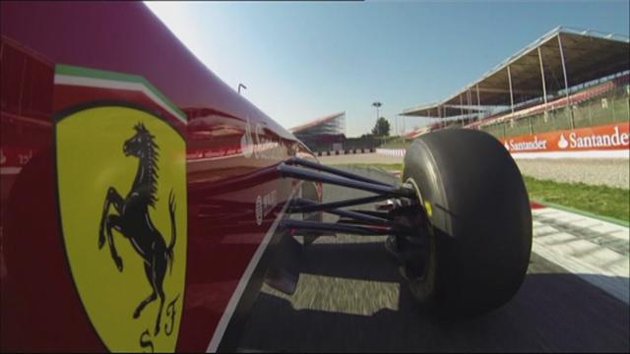More secrets known for Ferrari F1
Dec 30, 2013 245 view(s)
Finally the 2014 Ferrari F1 secrets revealed and it will be end of the V8 engines as they are now going to be replaced with more smaller units This modification will be the major and the most significant change ever in the history of sports.
The last major change included the replacement of 3.0 litre V10 to 2.4 litre V8 engine for the F1 season in 2006. And now this change will be creating a history. This major modification will in turn change many technical specifications of the F1 car. With special energy gaining systems the driver will be able to increase the engine power via battery for up to 30 seconds.
This all new fresh face will be seen at the end of 2014 when it will be pre tested. This method will be different from previously followed methods as this F1 car will be having some special and important chassis and engine regulations.
You will find following chassis changes:
The front wing will be narrower and the nose of the car is much lower.The rear wing will be seen reduced in size.
Looking at the fuel consumption, the maximum fuel flow rate will be 100kg/hour and the fuel consumption will be 100 kg at max throughout the race.
Power-Train engines:
As per the engineer terms, the engines are now referred to as power trains which highlights the importance of energy recovery and yes please note here that these engines will be a single turbo engine.
Two electric motors will be included which serves twice the power and 10 times the capacity of Kers. Kers produces 60kW that of power which can be used for 6.7 seconds/lap. But after the major changes, the ERS will have 120kW for just 30 seconds/lap.
From the two electric motors, one electric motor works like the current Kers. When the driver applies the brakes, the generator captures energy and transforms it in the electric power which will be stored in a battery. This stored power can utilised any time during acceleration to increase the performance.
While the second electric motor is fixed with the turbo and has a wastegate at the rear which releases the surplus amount of energy if the pressure increases than the limit. So, instead of wasting this energy the motor will convert this energy into the electricity which can be used immediately to recharge the battery.